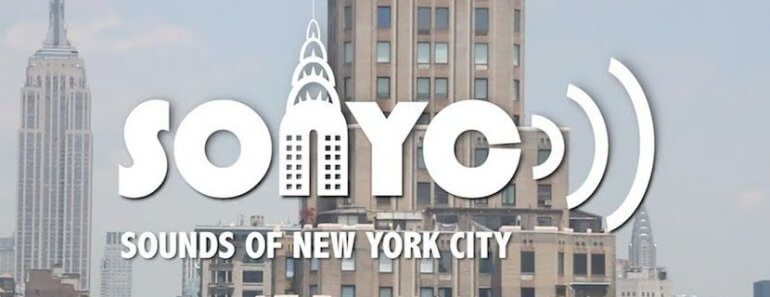Aug 1 2017
Noise pollution is a major problem in New York City (NYC) as well as other cities in the country. It is projected that 9 out of 10 people in NYC alone are exposed to detrimental noise levels.
That number, when applied to other U.S. cities with over 4 million residents, means that more than 72 million people could be negatively impacted. But Researchers at New York University (NYU) and Ohio State University are looking into technological solutions to lower the volume in the city that never sleeps.
 Credit:TUN
Credit:TUN
The Universities are connecting with NYC on the “Sounds of New York City” (SONYC) project, which is a five-year, $4.6 million project funded by the National Science Foundation. The project aims to use sensors and citizens to monitor the daily sounds of the city. The goal of the project is to record street sounds, and through the application of artificial intelligence, develop a sound-recognition system that will offer city officials a way to identify and lessen noise.
Juan Pablo Bello, associate professor of music technology at NYU, is the head of SONYC. He established that noise is “the topmost quality of life issue for urban residents in the U.S.” in a statement. Regrettably, most cities are not equipped to solve the problem because, according to Bello, they “lack the resources for continuously monitoring noise, the technology for understanding how individual sources contribute to noise pollution, the tools to broaden citizen participation in noise reporting, and the means to empower city agencies to take effective, information-driven action.”
It is thus up to SONYC to help cities sort these issues.
The Researchers have set up the first sensor boxes, which convey data via Wi-Fi, in Greenwich Village. One hundred sensors are estimated to be installed throughout Brooklyn and Manhattan by the end of this year.
Phase one of the project includes each audio recording, with sensors designed to record no more than 10 uninterrupted seconds to avoid eavesdropping on conversations and posing potential privacy issues. Each sensor will record audio for four months to capture seasonal, monthly and daily variations.
In phase two, the sensors will stop recording; instead, they will be employing machine-listening technology to identify sounds and generate reports, which will be integrated with 311 complaints and other citizen reports to assist NYC lessen noise pollution.
Oded Nov, associate professor of technology management and innovation at NYU Tandon School of Engineering (NYU Tandon), believes that NYC is the “perfect environment” to test the SONYC system because of the presence of a, “strict noise code and an already active citizen noise reporting system” as well as it being “the largest, densest, and noisiest city” in the U.S. “Providing New Yorkers with customized web and smartphone applications, combined with innovative machine-listening technology, will significantly impact both the quality and quantity of data that we’ll be able to deliver to our city partners,” Nov said in a statement.
What is the expectation for SONYC?
Residents of NYC would value less noise. Craig Paterson, Noise Aficionado and Creator of “The Noise Curmudgeon” blog, has spent a lot of time examining the struggles of living in a progressively noisy world. Paterson’s blog focuses on the various aspects of sound, as well as methods to ameliorate noise.
I think there are millions of people who would like to decrease the levels of noise that we live with. I see projects like ‘The Sounds of New York City’ as very important.
Craig Paterson, Noise Aficionado and Creator of “The Noise Curmudgeon” blog
Paterson also went on to reference the improved legislation and activism regarding noise in Europe and how the U.S. still lacks in the area.
Hopefully, that will change some day; and perhaps that will happen because of projects like ‘The Sounds of New York City'.
Craig Paterson, Noise Aficionado and Creator of “The Noise Curmudgeon” blog
SONYC - Sounds Of New York City project